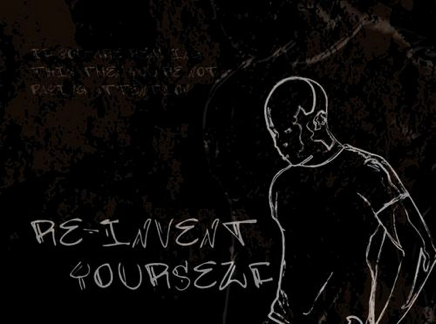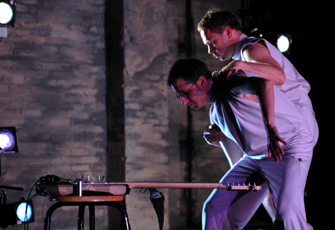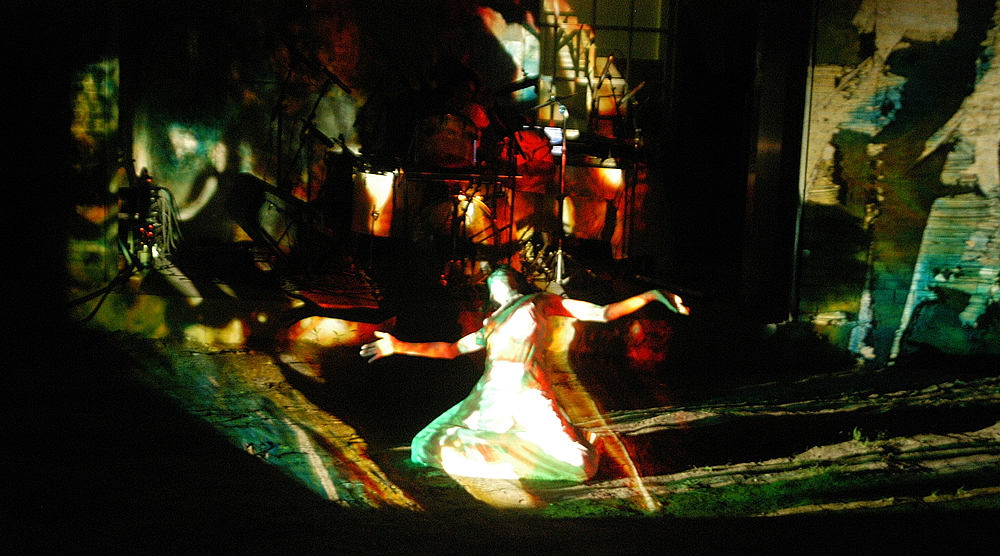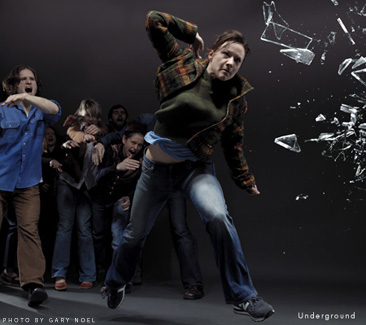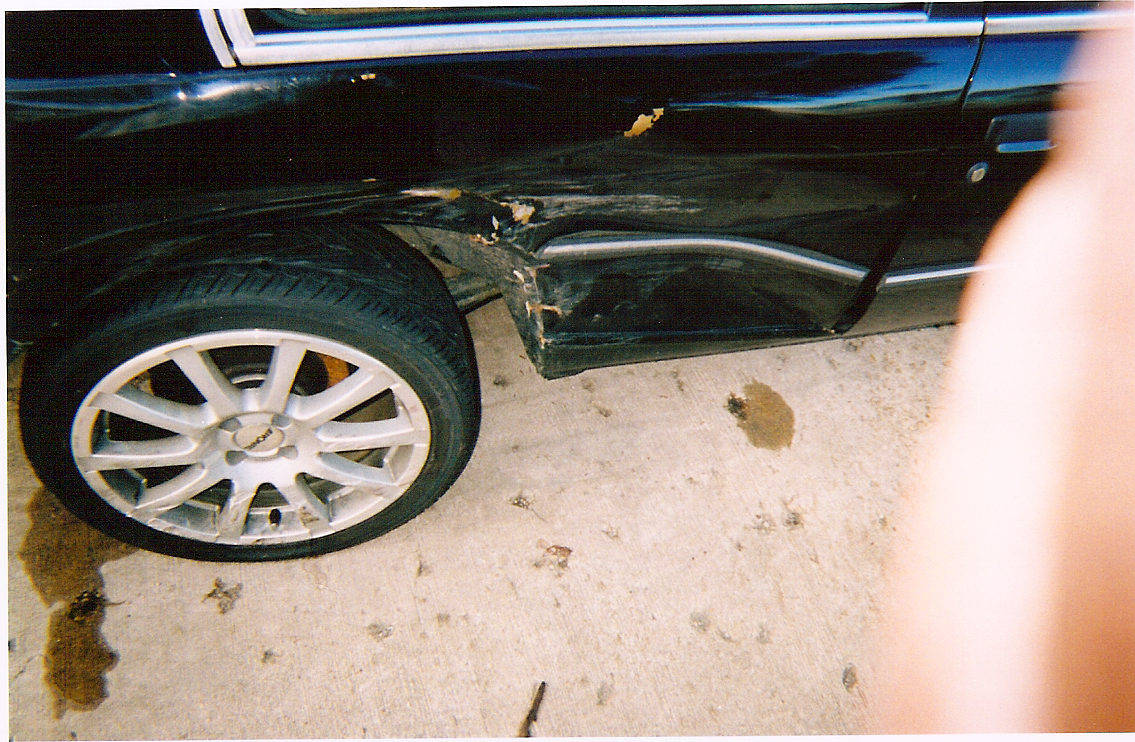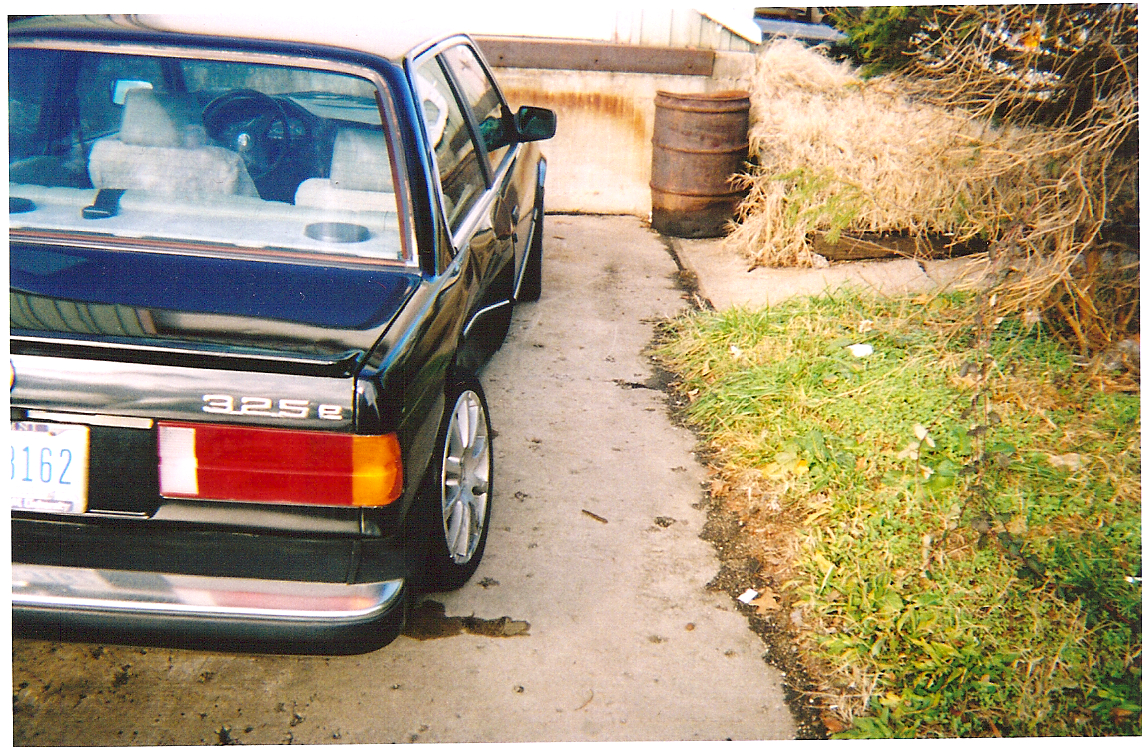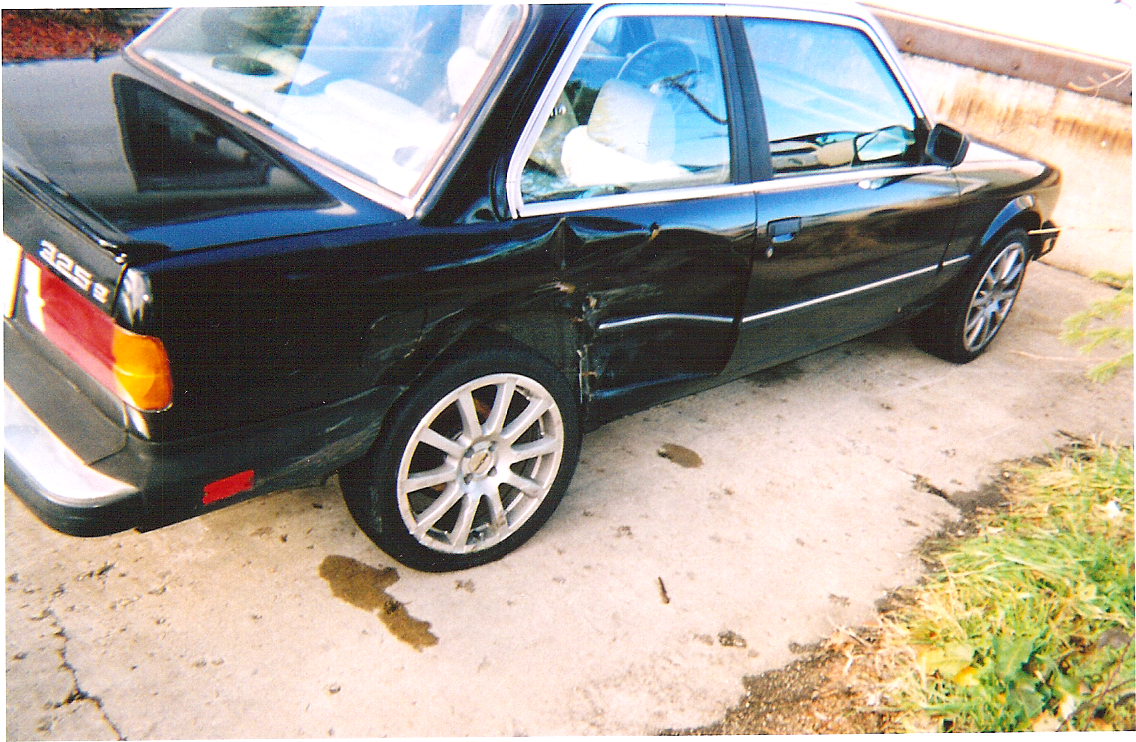In the previous post Rasul Sha'ir asks - "Is there a formula for how you walk away from a car wreck, limbs intact and injury free"? The answer is yes - absolutely yes. Your formula is improvisation - The science of rolling with the punches.
Whether you are in an actual fender bender or the pile-up that defines modern business practices hitting the brick wall of innovation, business, art & culture, your only rule of thumb is to improvise and who knows improvisation? Mike Bonifer knows improvisation.
Bonifer is one of the most thought provoking - innovator, writer, producer, director, business consultants that you need to know about. The author of
GameChangers, Improvisation for Business in the Networked World, a producer for Disney's 'Toy Story' website and several tv related projects, a publicist for 'Tron' and a consultant for companies from Merrill Lynch to Mountain Dew - he has improvisation down to a science. Bonifer's version of 'the jaws of life' can get you out of any business collision and teach you how to avoid them in the future.
Nyia: How do you transfer the creativity of Disney and working with Tim Burton to the straight-laced world of corporate America?
Mike: I got a job at Disney. And my first job (there) was to be the publicist on 'Tron'. Themes are so important to any performance of improvisation and they're important to a career. A theme gives you an outlet for delivering on your passion. And so the theme that I have followed was established very early on . . . When I joined it, all the vision and all the excitement and all the agitation, all the creativity and innovation was at the bottom. These were people that really could not be kept down.
When Bonifer joined Disney in the early 80's, great artists and animators like Tim Burton and John Lasseter were also there. He joined Disney at a time where the brand was prolific, but the company allowed its staff the leeway they needed to create. John Lasseter has been called, 'The New Walt Disney'. He went on to redefine animation when he directed 'Toy Story' released in 1995. Tim Burton is of course Oscar nominated for his work on 2005's 'Corpse Bride', amongst awards for other movies. And if that isn't a testament to the openness needed to fulfill the full potential of the business of creativity - then I don't know what is.
N: Tell me about the origin of GameChangers and how improvisation benefits business.
(The back-story is that GameChangers is the brainchild of a consulting project with a particular client. One of this company's most talented and valuable employees was someone, with whom no one wanted to work, which inherently interrupts the workflow.)
M: I realized that he had his mind made up about things. And so my challenge became to crack the nut, to open him up to the ideas of others. And I knew enough about the art of improv to know that it's ultimately about collaborating. And so I suggested to him to get into the classroom, plus I think he knew he needed to do something to blend with the company. So we got him enrolled in a theater class . . . It was miraculous what kind of turn around this person made and how he not only was able to open himself up to others but how he was able to perceive himself differently. And I thought there was something to this.
Bonifer successfully ended that project and enrolled himself in improv classes. It may seem as though analyzing improvisation is an oxymoron. But, Bonifer took copious notes in class and derived certain principles that have more to do with being open to exploring themes to standing on a stage.
N: Improv didn't begin in the 80's why is this important now.
M: The beauty of it is that you couldn't have done it 10 years ago. Number one, it doesn't matter what business you're in. The power of the brand is something to behold. The emotional context in which the brand is regarded - it cannot be denied. The essence of the brand and how the brand came to life is valuable to any business.
In our ensuing conversation we talked about the similarity between brands and themes. I believe that if you use your brand as a theme - to be explored - to be developed - something that employees can live and further - then you need never fear being stagnant. Your business will take on a life of it's own. It doesn't matter where you're coming from if all your team members are headed in the same direction. Some will meet-up with their co-workers, others will create new pathways to fulfilling your company's purpose. The bottom line is that improvisation is your key to creating a living brand and a company that can roll with the punches of a fast-paced ever-changing world.
 Monday, March 3, 2008 at 3:43PM
Monday, March 3, 2008 at 3:43PM 